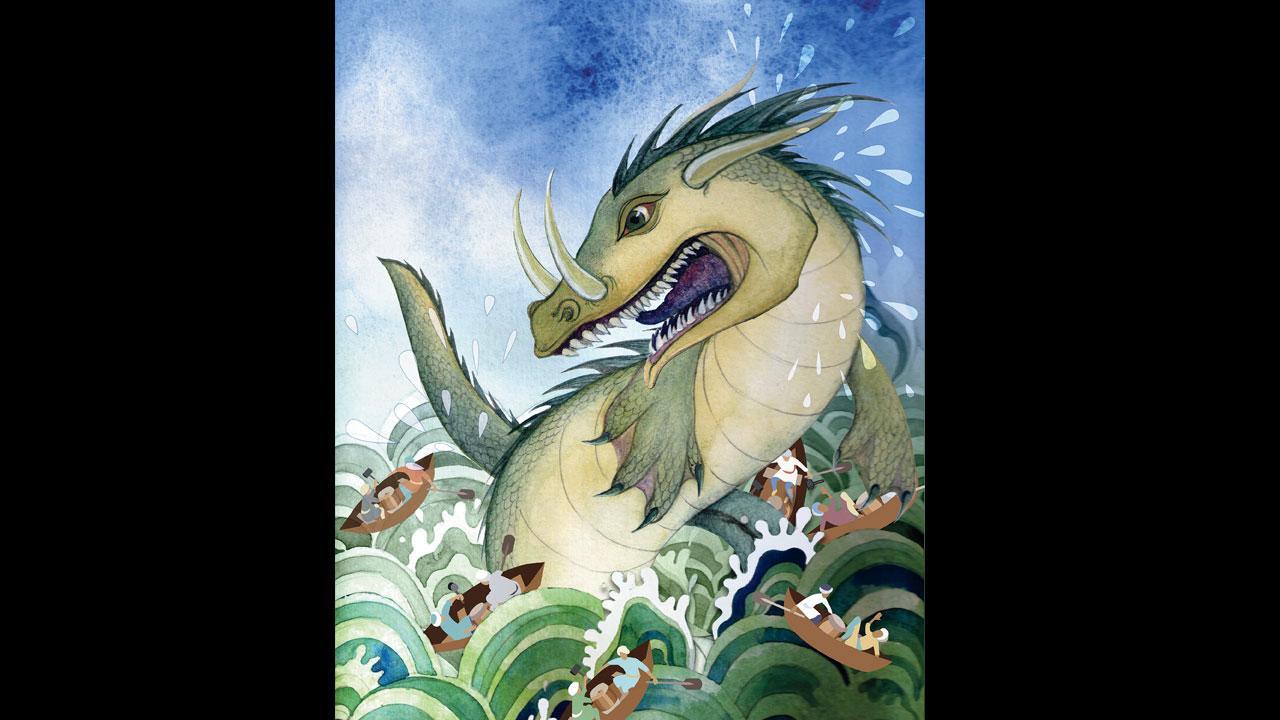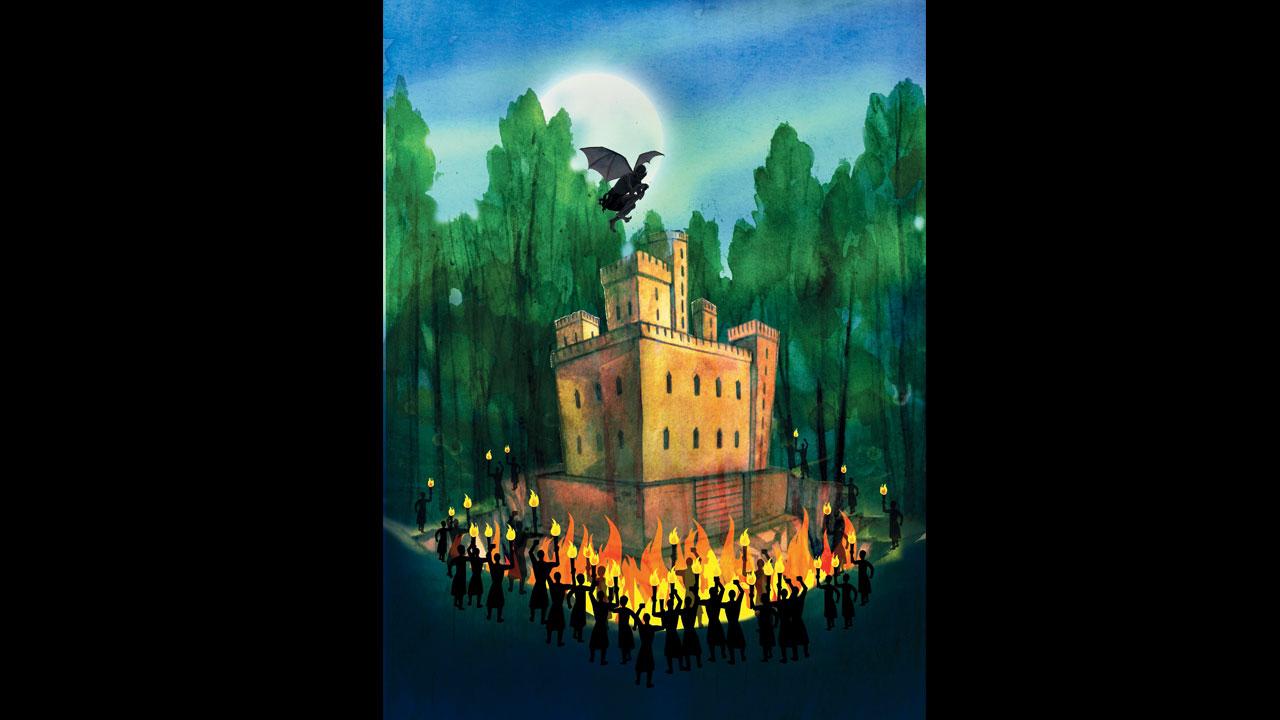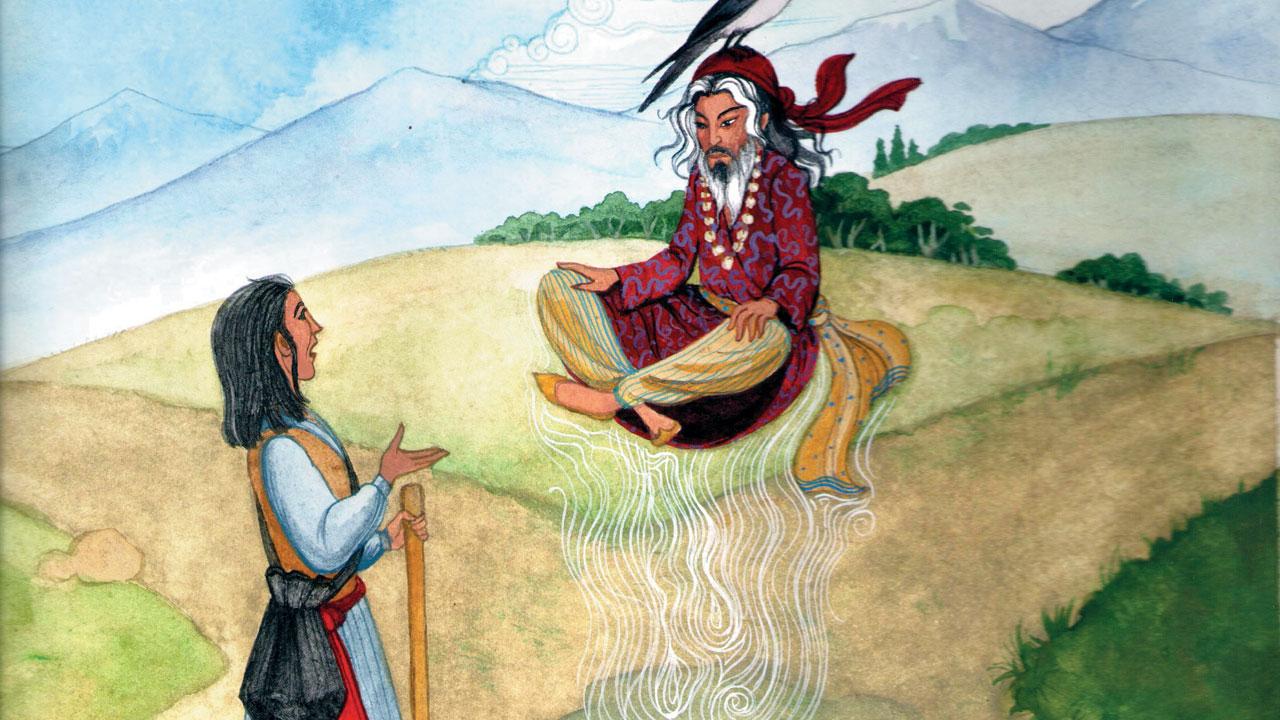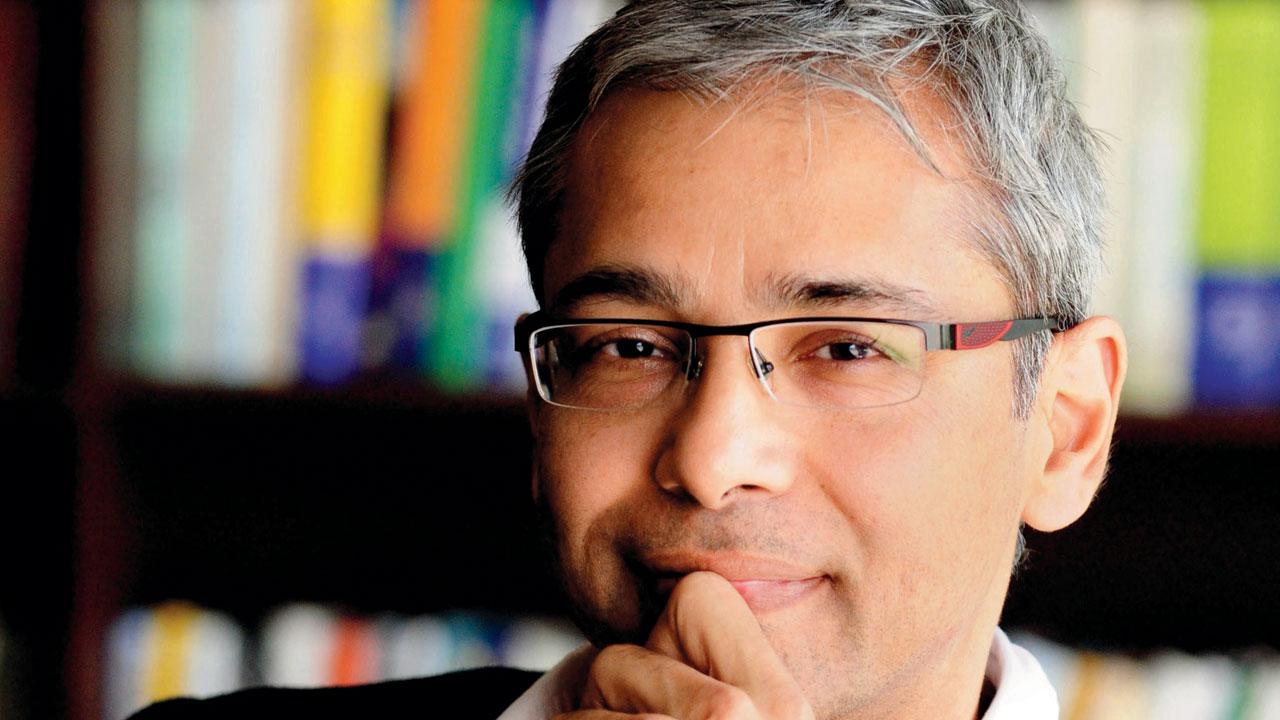Pakistani writer-translator Musharraf Ali Farooqi chats about his new children’s book, the universality in telling a good story and the monsters he battles

The Sea Monster in Morriro and the Sea Monster
The window to why must be flung open more often in children. While answers rein in don’ts, in questions, dreams are owned. Of all the folktales we read, there’s always a special place for pourquoi or origin tales. Monster tales, apart from their effortless condensing of our fears into one fireball for a hero to rise and destroy, remind us of origins — of people and their worlds. Musharraf Ali Farooqi’s Monster Folktales from South Asia (HarperCollins) links us to smaller worlds in Gilgit, Balochistan, Sindh and farther away. Most importantly, they repose trust in the glorious belief that every monster will come to a “dastardly end”.
ADVERTISEMENT
The author speaks about the aspirational responsibility when addressing a child reader and how he wants them to be their own heroes to fight off monsters. His book is a specimen of the idea he shares in the introduction — good stories can be read and relished at all stages of literacy.

The burning fort in Meo Khai Soni, Fairy Prince Shamsher, and the Cannibal Giant Sri Badat
Only one story, Gondrani and the Fire Demon Aasi Gaur, in this book is not a retelling. It is a re-creation. How difficult was it to create a folktale in the absence of any oral or written material?
There is scant information available about the Gondrani archaeological site. Historians have deciphered some Buddhist characteristics of this cave society but have no conclusive evidence to support it. Local legend speaks of demons who preyed on human habitation, and a woman who fought them. As we do not definitely know who lived there, and what era the local traditions speak of, I could only work from these fragments to create the story I wrote. That is why I take care to mention that the story is not a popular myth, but one of my own making. I wish and hope archaeologists and historians find more about this mysterious and fascinating place, and the character named Gondrani.
In your opinion, what about children’s literature fascinates adults?
Often the literature we read as children introduces us to something new about the world. We discover characters, thoughts and emotions through stories. As we grow up and become more familiar with the world, our sense of wonder is not stirred as often. We feel nostalgic for those first moments of discovery, and relive it to some degree again through revisiting the literature of our childhood.

Prince Saif and the fortune-teller in Prince Saif and the Pari Badri Jamala
You’ve included subtle teachings about the environment, the need to exercise rightful choice, perseverance and compassion. Tell us about writing for children in an inclusive, more aware world?
The qualities you mention were already present in the stories I retold. Even the pre-existing fragmentary information about the Gondrani legend tells us that her actions were brave and selfless. A part of the universality of a good story is that it always highlights some superlative, heroic quality that all humans aspire to. Even today, the same rule applies for storytelling, whether we are doing it for young or adult readers. Even in the most complex psychological novels, it is the movement of good against evil and the protagonist’s ability to rise to the challenge that engages us.

Musharraf Ali Farooqi
What research did the book require? Of these four, which folktale is your personal favourite and why?
Information about the four stories already exists. Only in a few instances, I sought help from friends to learn a variant tradition. My personal favourite is the story of Morriro because I am very afraid of the deep sea and to me, it is a monster. I feel anyone fighting a monster in the deep is actually fighting two monsters.
Log on to: amazon.in
Art of the matter
Illustrator Michelle Farooqi (his wife) skillfully brings the characters and settings to life throughout the book. “These powerful folktales needed illustrations that would highlight the drama. The illustrations for the book balance both the miniature and realist art traditions to create an imagery that remains true to the essence of the stories. The genre is children’s illustrations, and the style, overall, is traditional. I use this term because I’ve hand-drawn 90 per cent of the work, using computer software only to combine images and manipulate colour.” She reveals that the children’s literature she read and enjoyed as a child was very traditional in imagery and always influenced the way she draws and paints. “I started with very stylised [for me] characters in Morriro and the Sea Monster, but my figures for Prince Saif, Fairy Badri Jamala, and Toraban Dev are more traditional. Additionally, my current work in Indian- and Persian-style miniature paintings did affect my paintings for Raja Rasalu and the Ogres.”
 Subscribe today by clicking the link and stay updated with the latest news!" Click here!
Subscribe today by clicking the link and stay updated with the latest news!" Click here!







